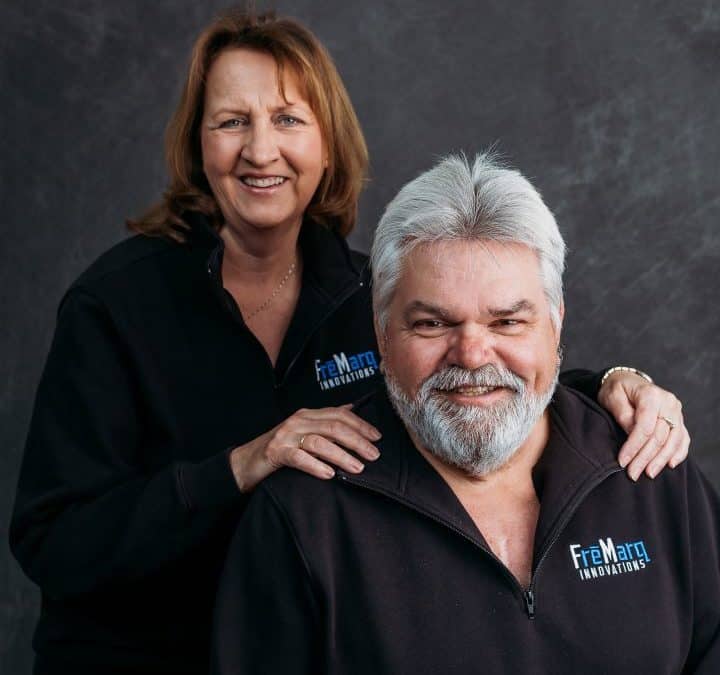The reason for wanting change.
For the previous 6 years or so leading up to 2015, I had noticed a shift in the industry regarding thermal performance. There was a growing demand to improve the overall performance of the building and of course windows and curtain wall make up a large portion of the exterior façade and can have a huge impact on the building. This demand was driven by several things that were taking place in the market, such as improve energy codes. Additionally, there was, and still is, a movement of being more sustainable in our designs, designs that reduce energy consumption and reduce our Green House Gas (GHG) emissions and eventually be carbon neutral.
These are the same goals that drove me to design a better product. We, meaning humans, are impacting climate change and anyone who denies this is lying to themselves. The science is real and if we do not do something about it, we will leave our children and grandchildren a bleak future. It is up to our generation to start making the changes necessary to create a better future. I am in the building industry so this is where I can make an impact. Buildings generate approx. 40% of annual global GHG emissions so I felt I could make a positive impact on our future.
This is why I wanted to develop a new thermal barrier system. If we can provide products that are more energy efficient, we not only help reduce GHG emissions, but also save building owners money by reducing mechanical costs and lower energy expenses. We not only want to provide new products with the better performance on new buildings, but we also want to develop retrofit products for existing buildings as two thirds of the building area that exists today will still exist in 2050.
To make an impact in my remaining years, I knew I had to make a large impact, not just a small incremental change. I wanted to improve assembled U factors by 20% to 25%. These are the types of incremental change that will make an immediate impact. So, my goal in 2015 was to develop a curtain wall that met the following:
- The assembled U factor must be less than 0.30 using 1” insulated glass with a single Low-E. Current product on the market at that time had U factors of 0.38 using the same glass. This is a 20% to 25% improvement.
- The system needed to install the same as traditional products.
- Once installed, the new system needed to look the same as installed traditional products.
- Interior frame temperatures needed to be substantially improved.
- CRF needed to improve to 85 or better. (AAMA 1503)
These are just a few of the goals I set out to meet.
